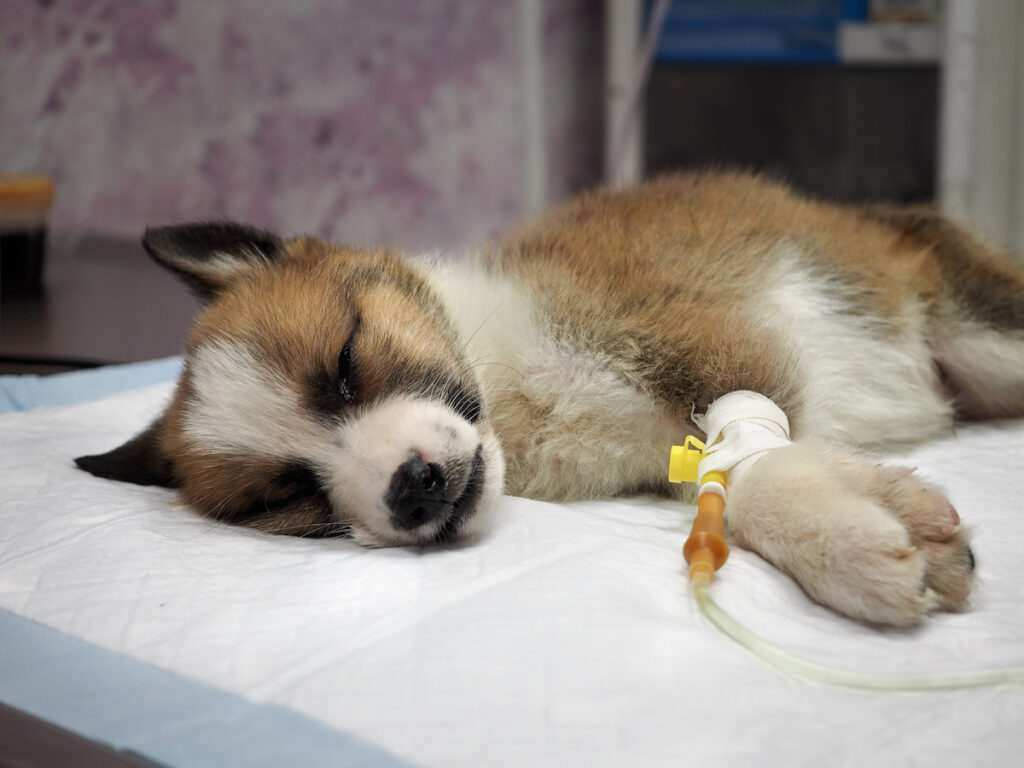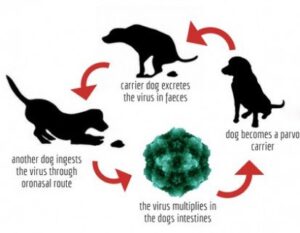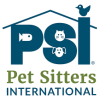Parvo Fact File

What is Canine Parvo Virus?
Canine Parvo-virus emerged as an epidemic in the 1970s, killing thousands of dogs.
Although now its mainly under control, due to vaccinations, Parvo is still quite common especially in UAE, with young puppies especially at risk.
Canine parvovirus infection is a highly contagious disease caused by canine parvovirus type 2 (CPV-2). There are several strains of CPV-2, and all produce similar signs.
The disease they cause is commonly called “parvo.”
The virus attacks white blood cells and the gastrointestinal tract of dogs and other canids like coyotes, wolves, and foxes. In puppies, the virus also can damage the heart muscle.
All dogs are susceptible to canine parvovirus, although some dogs are at greater risk than others. These include puppies between 6 and 20 weeks of age, unvaccinated or incompletely vaccinated dogs
How is Parvo Transmitted
Canine parvovirus is easily spread by direct contact with infected dogs, contact with feaces from infected dogs, or contact with virus-contaminated surfaces.
Such surfaces can include kennels, food and water bowls, collars and leashes, and the hands and clothing of people who handle infected dogs.
The virus is resistant to heat, cold, humidity, and drying, and can survive in the environment for long periods. Even trace amounts of feaces from an infected dog can contain the virus and infect other dogs, The virus can also live for up to one year in the soil..
This makes proper disinfection practices critical.
Because canine parvovirus is highly contagious, dogs suspected or confirmed to be infected need to be isolated from other dogs to minimize spread of infection.
Signs and Symptoms
Signs usually include depression, high fever, severe vomiting, lack of interest in food and water, abdominal pain and bloody diarrhoea. This can result in rapid dehydration, and ultimately death. Half of all puppies that contract it die.
Parvovirus stages
The virus has stages similar to most viruses.
First stage is Infection – picked up from the environment, mother dog, or people from their clothing etc
Second stage is incubation – between 3 to 7days from infection to showing symptoms, where the virus seeks out the most rapidly diving cells, typically it starts at the tonsils or lymph nodes in the throat. Once multiplied it then enters the bloodstream causing worse damage to intestines and bone marrow.
Third stage is the illness – the virus attacks the small intestine lining causing diarrhoea, vomiting, lethargy, severe dehydration, fever, sepsis. Highest risk of death occurs around 24-72 hours after symptoms appear, with a puppy survival rate 75-80% if caught early and with veterinary attention.
Forth stage is recovery – varies from case by case depending on the damage caused by the virus however they can recover from it 5 to 10 days after symptoms begin.

Perfect paws always recommends owners getting their pups vacci-checked, this small tests have saved many lives by detecting whether your puppy has enough antibodies to fight this nasty virus. you can get these done in most vets



